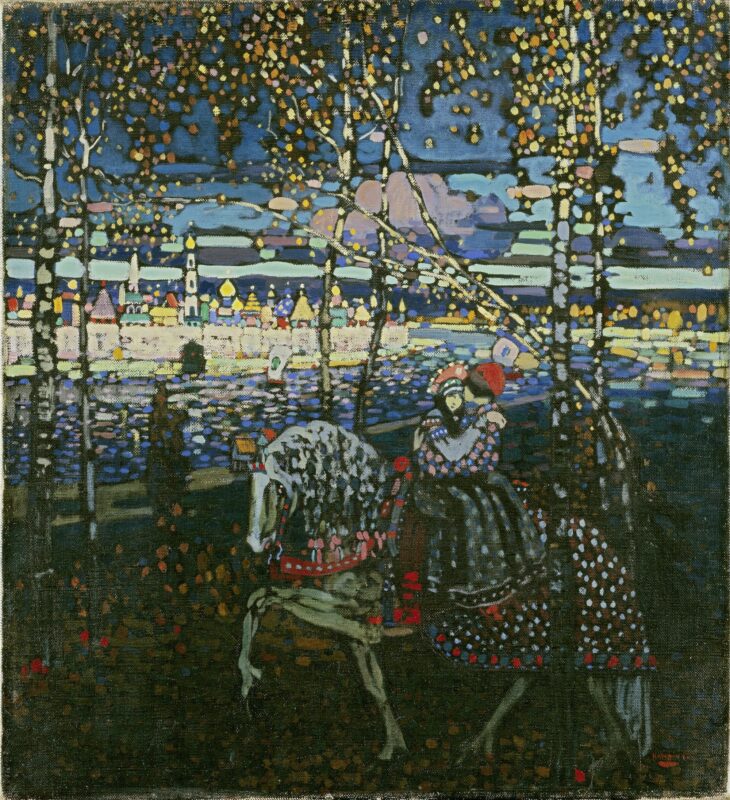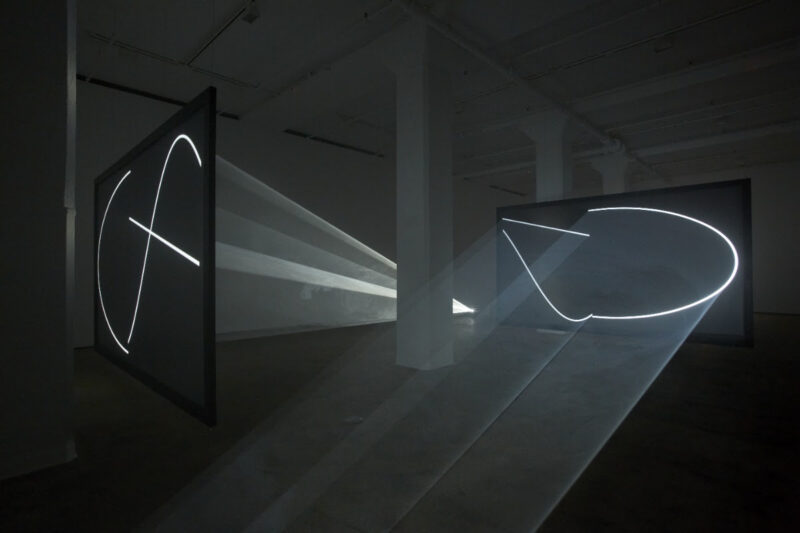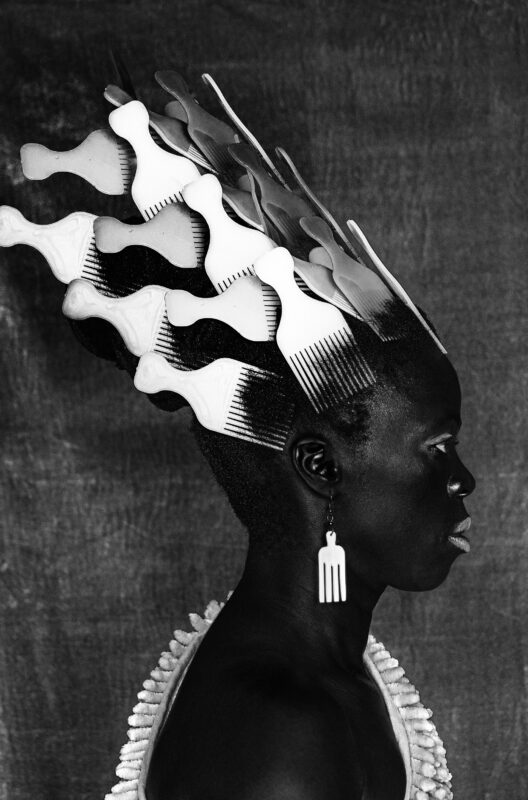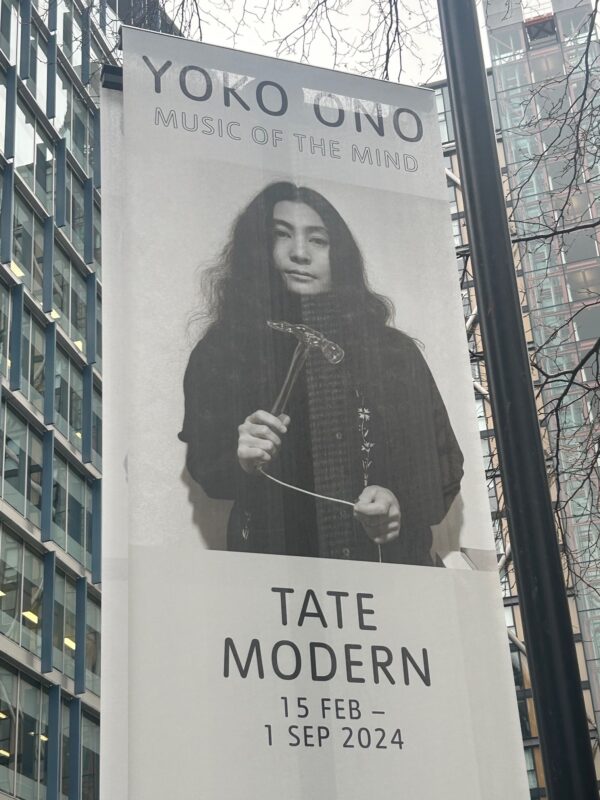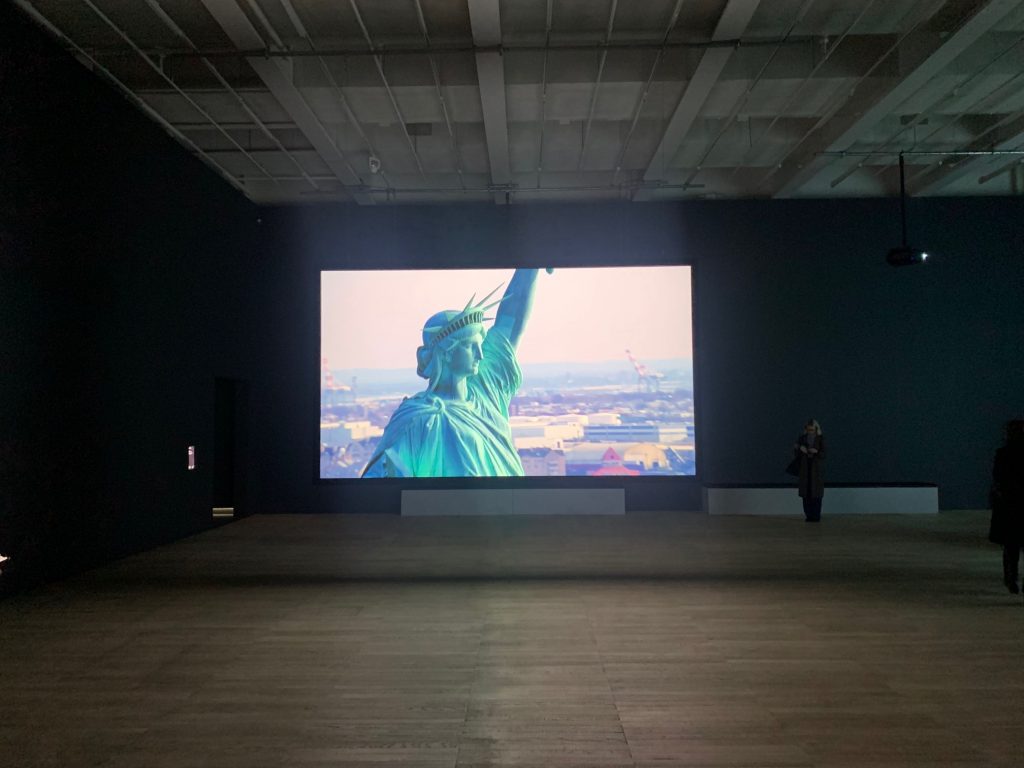
Steve McQueen Tate Modern Install shot
Tate Modern presents the first survey of Steve Mc Queen’s work in the UK for over 20 years, offering a timely moment to reflect on these themes. Featuring 14 major works spanning film, photography and sculpture, the exhibition is an unprecedented opportunity to experience the depth of McQueen’s visual art career in this country for the first time since he received the Turner Prize in 1999.
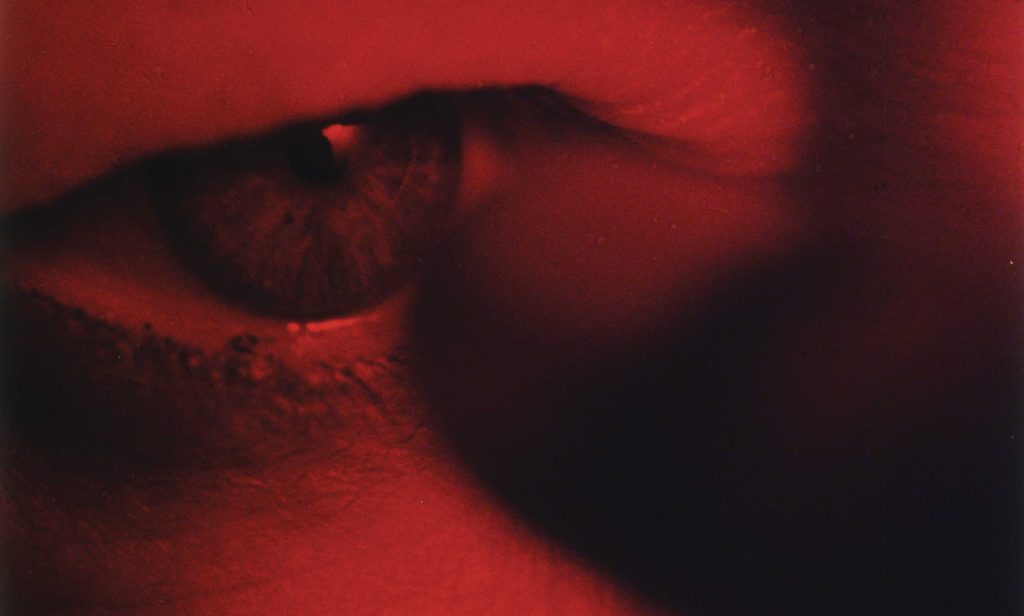
Steve McQueen Charlotte 2004 Film still © Steve McQueen. Courtesy the artist, Thomas Dane Gallery and Marian Goodman Gallery
Over the last 25 years McQueen (b.1969, London) has created some of the most innovative works of moving image designed for gallery spaces, as well as four critically acclaimed films for cinematic release: Hunger (2008), Shame (2010), 12 Years a Slave (2013) and Widows (2018). Spanning two decades of his career, the exhibition reveals how McQueen’s pioneering approaches to filmmaking have expanded the ways in which artists work with the medium, creating poignant portraits of time and place.
Visitors to Tate Modern can view personal and intimate works such as McQueen’s earliest film shot on a Super 8 camera, Exodus 1992/97, which reflects on migration and multiculturalism in his home city of London, and 7th Nov. 2001, in which the artist’s cousin Marcus recounts the tragic day he accidentally shot and fatally injured his own brother. These works are joined by immersive, large-scale video installations such as Western Deep 2002 and Static 2009. Originally commissioned for the landmark exhibition documenta XI, Western Deep presents an intense, sensory exploration of the labour conditions of gold miners in South Africa, while Static’s aerial depiction of the Statue of Liberty visually scrutinises a familiar and heavily symbolic figure that can rarely be inspected up close. As part of the exhibition McQueen has chosen to display one of the screens of the two-channel film Caribs’ Leap 2002 on the iconic river façade of Tate Modern. Shown on a giant 7 metre screen Caribs’ Leap traces a day on the Caribbean island of Grenada, portraying the cycle of life and death. By showing this work overlooking the River Thames, McQueen invites the viewer to consider the histories and transatlantic connections between Grenada, where the artist’s family is from, and the everyday life of London, which is home to many people of West Indian descent.
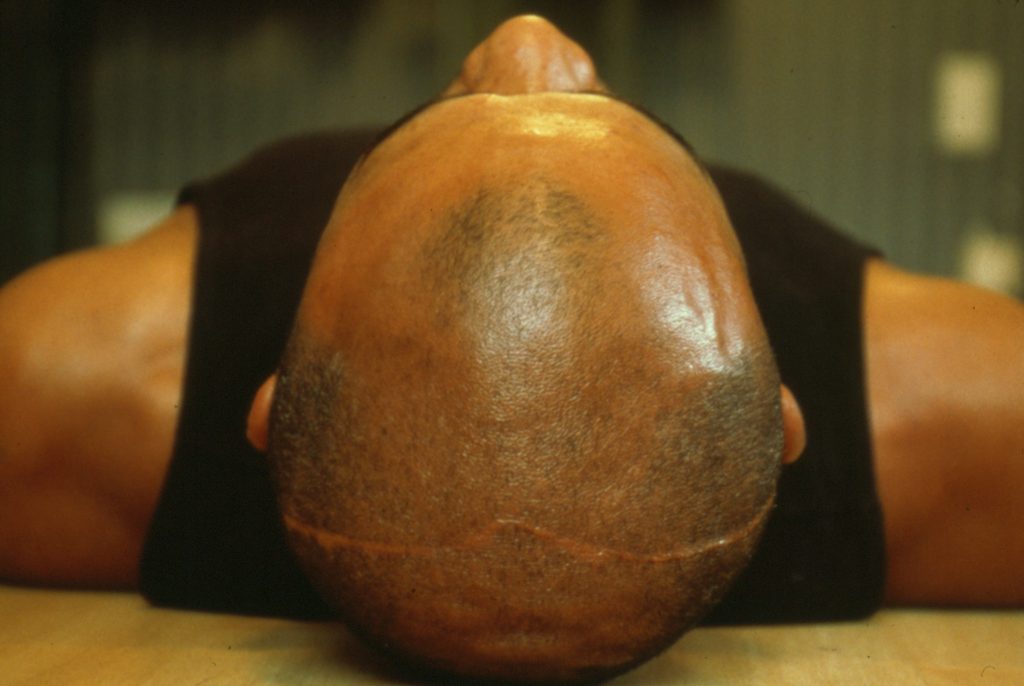
Steve McQueen 7th Nov. 2001 Video still © Steve McQueen. Courtesy the artist, Thomas Dane Gallery and Marian Goodman Gallery
More recent work includes the haunting two-channel video installation Ashes 2002–15, offering a moving tribute to the memory of a young fisherman the artist met and filmed in Grenada in 2002, who was killed by drug dealers the following year. For the first time in the UK, audiences can view End Credits 2012–ongoing, McQueen’s homage to the African-American singer, actor and civil rights activist Paul Robeson (1898–1976) who, after a successful career as a performer, was blacklisted in the 1950s and put under surveillance by the FBI. The work consists of rolling slides of the FBI’s reports on Robeson with a soundtrack of voices reading from the heavily-redacted documents. The exhibition also features Weight 2016, a sculpture first exhibited by Artangel at the recently closed Reading Gaol, where Oscar Wilde had been imprisoned and wrote De Profundis (1897). Presenting a gold-plated mosquito net draped over one of the prison’s metal bedframes to create a shimmering apparition, Weight explores the relation between protection and confinement, the physical and the spiritual, and the redemptive power of the imagination.

Steve McQueen Exodus 1992-97 Video still © Steve McQueen. Courtesy the artist, Thomas Dane Gallery and Marian Goodman Gallery
Steve McQueen said:
“I remember my first school trip to Tate when I was an impressionable 8-year-old, which was really the moment I gained an understanding that anything is possible. I am very happy to be presenting my work in my hometown of London, especially at Tate Modern, where in some ways my journey as an artist first began.”
Steve McQueen 13th February – 11th May 2020 @tate

